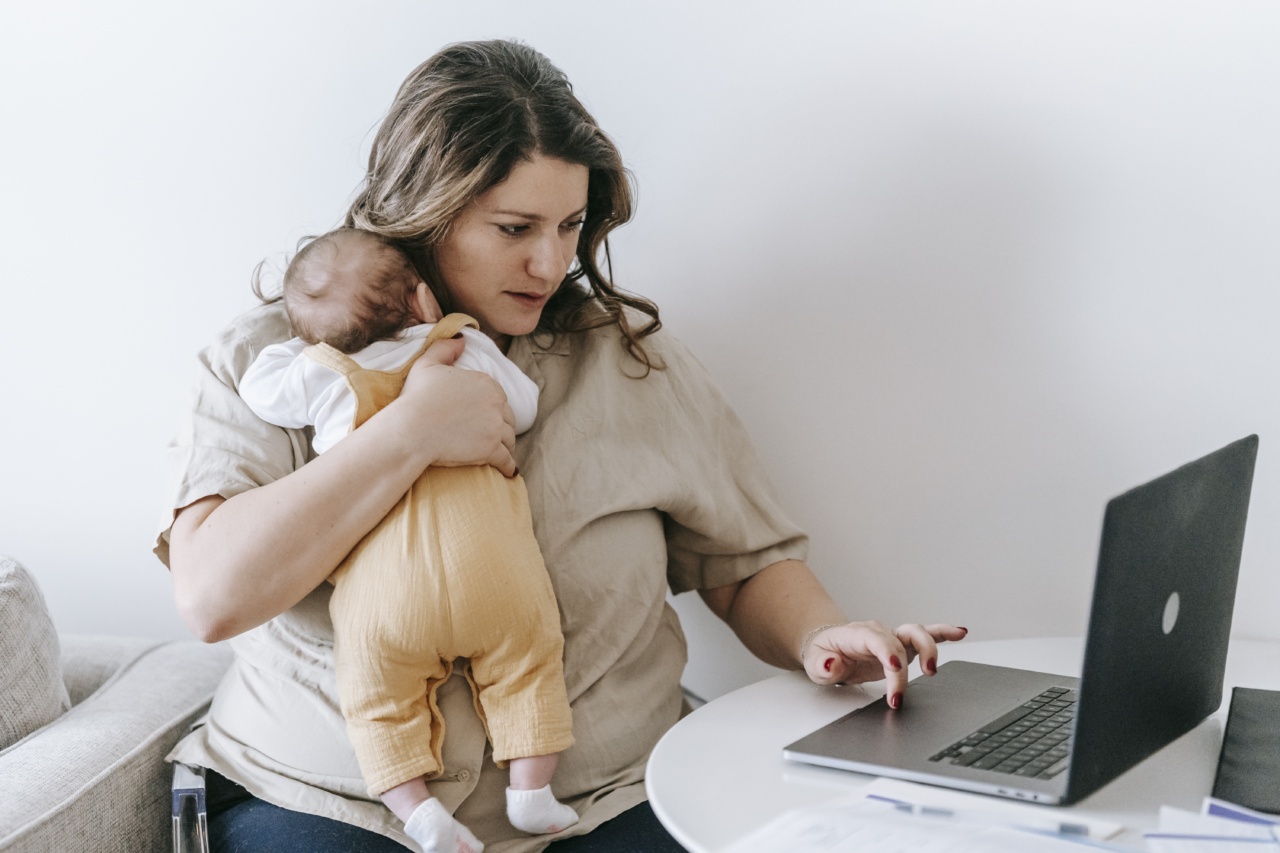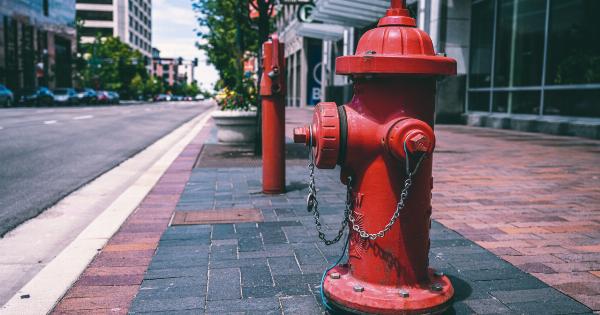Welcoming a new baby into your home is an exciting and joyful experience. As a parent, your top priority is to ensure the safety and well-being of your little one.
Creating a safe environment is crucial to protect your baby from potential hazards and accidents. From babyproofing to establishing safety measures, here are some essential tips for making your home safe for your baby.
1. Babyproofing Basics
The first step in creating a safe home for your baby is implementing babyproofing measures. Start by covering electrical outlets with outlet covers or plug them with safety plugs.
Secure cords, wires, and blinds out of your baby’s reach to prevent strangulation. Use corner guards to protect your baby from sharp edges and corners of furniture. Install safety gates at stairways and doorways to restrict access to hazardous areas. Secure heavy furniture like bookshelves and dressers to the wall to prevent tipping.
2. Nursery Safety
The nursery is where your baby will spend a significant amount of time. Ensure a safe nursery environment by following these guidelines.
Keep the crib clear of soft bedding, pillows, and stuffed animals to reduce the risk of suffocation and Sudden Infant Death Syndrome (SIDS). Ensure the crib mattress fits snugly with no gaps between the mattress and crib frame. Install window guards or window stops to prevent falls, and keep any cords out of reach. Place baby monitors away from the crib to avoid strangulation hazards.
3. Kitchen Safety
The kitchen can be a dangerous area for babies and young children. Take the following measures to create a safe kitchen environment:.
– Keep cleaning products, sharp objects, and plastic bags out of reach and locked in cabinets.
– Use stove knob covers to prevent accidental fires or burns.
– Keep hot beverages and food away from the edges of tables and countertops.
– Keep small objects (such as magnets or coins) off the floor, as they can pose a choking hazard.
4. Bathroom Safety
The bathroom is another area that requires special attention. To make it safe for your baby, consider the following:.
– Never leave your baby unattended in the bathroom, especially near water sources.
– Place non-slip mats on the floor to prevent slipping.
– Ensure that all medications, toiletries, and cleaning products are stored in a locked cabinet out of your baby’s reach.
– Keep the toilet lid closed and consider using a toilet lock to prevent drowning hazards.
5. Living Room and Play Area Safety
The living room and play areas are where your baby will spend a lot of time exploring and playing. Here’s how to optimize safety in these spaces:.
– Cover sharp corners of furniture with cushioned corner guards.
– Anchor heavy furniture and TV stands to the wall to avoid tipping accidents.
– Keep small objects, batteries, and choking hazards out of reach.
– Ensure that cords and wires from lamps and electronic devices are secured and not accessible to your baby.
6. Electrical Safety
Electrical safety is of utmost importance, as small children are curious about outlets and cords. Take these precautions:.
– Insert safety plugs into all unused electrical outlets.
– Use cord covers or hide cords behind furniture to prevent your baby from pulling on them.
– Keep small appliances, such as toasters or irons, unplugged and out of reach when not in use.
– Use power strip covers to prevent your baby from playing with the plugs.
7. Secure Windows and Doors
Windows and doors can be potential escape routes or sources of accidents. Follow these tips to keep them secure:.
– Install window guards or stops to prevent accidental falls from open windows.
– Place window blinds out of your baby’s reach, as cords can pose a strangulation hazard.
– Install door handle covers to prevent your baby from opening doors and accessing unsafe areas.
8. Regular Safety Inspections
Regular safety inspections will help ensure that your baby’s environment remains safe over time. Consider these steps:.
– Regularly check for loose electrical outlets, cords, and wires.
– Inspect furniture stability and ensure that heavy furniture is anchored to the wall.
– Stay up to date with product recalls and safety guidelines for baby equipment and toys.
9. Educate Caregivers and Visitors
It’s important to educate caregivers and visitors about your baby’s safety measures. Share safety guidelines, such as no smoking around the baby, proper procedures for holding the baby, and awareness of potential hazards.
Ensure that anyone who takes care of your baby is well-informed about your safety expectations.
10. First Aid and Emergency Preparedness
Accidents can happen despite our best efforts. Be prepared by familiarizing yourself with first aid techniques and having essential supplies on hand. Keep a first aid kit fully stocked and accessible.
Additionally, save emergency contact numbers, such as poison control and your pediatrician, in an easily accessible location.































